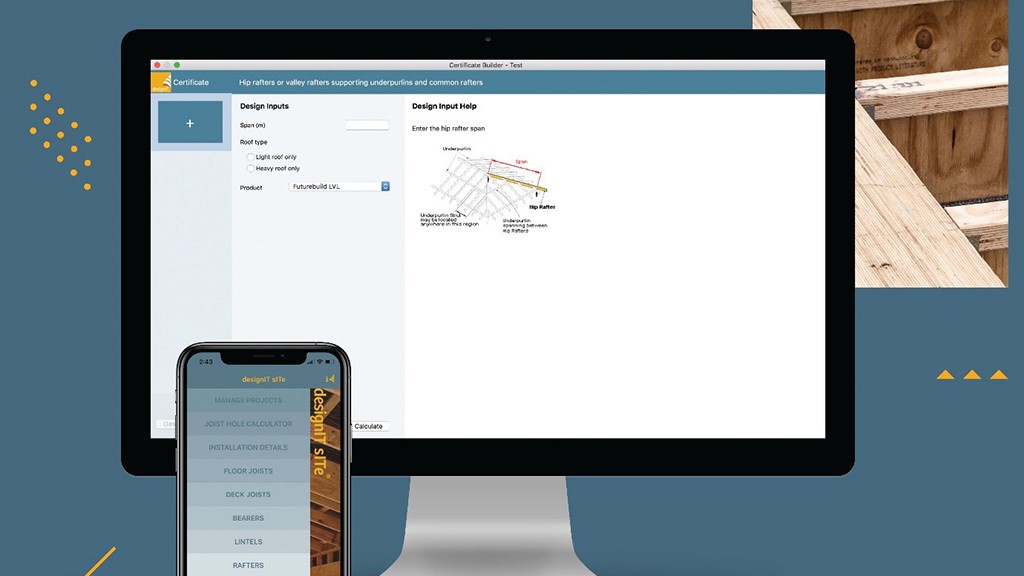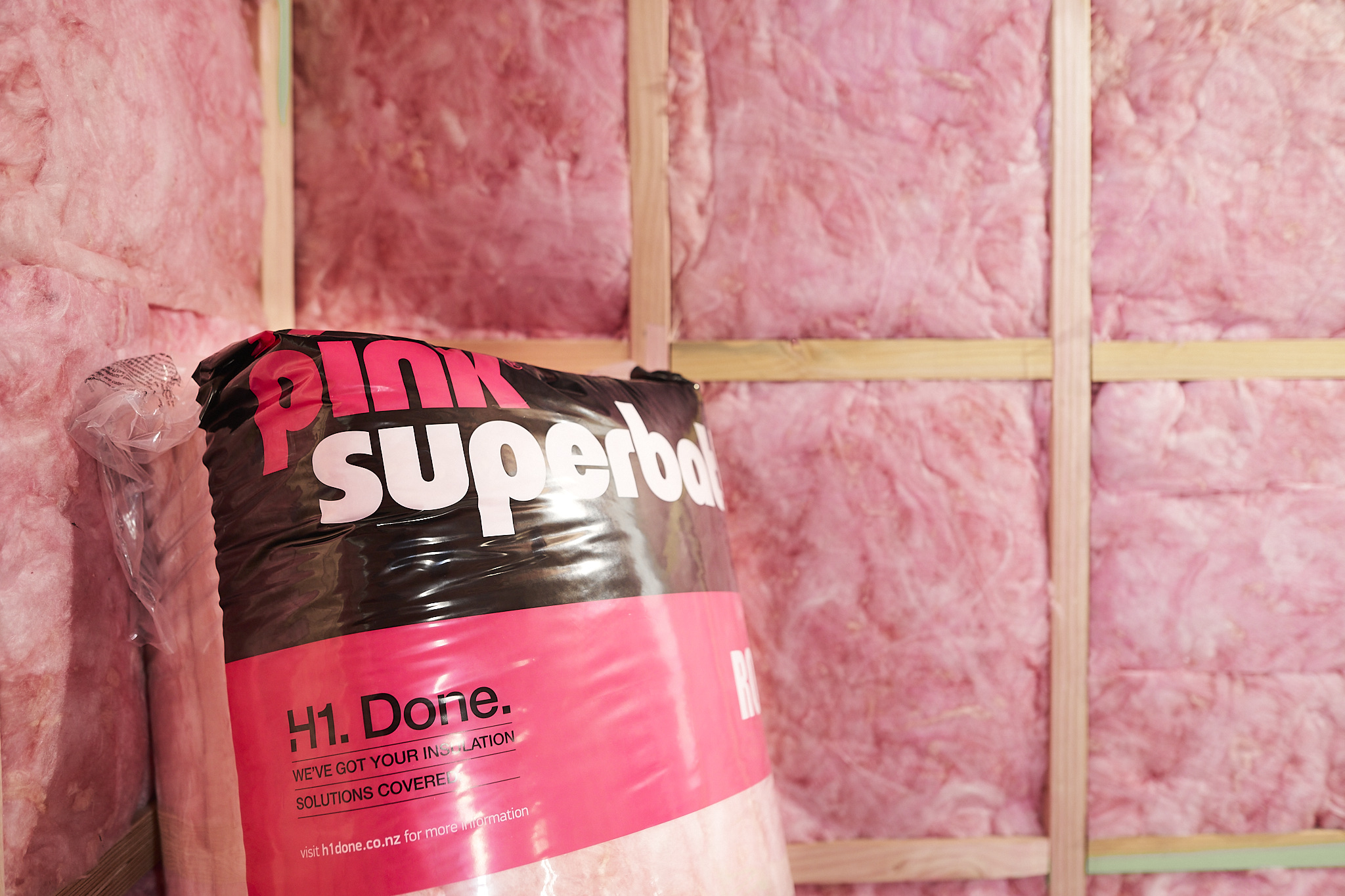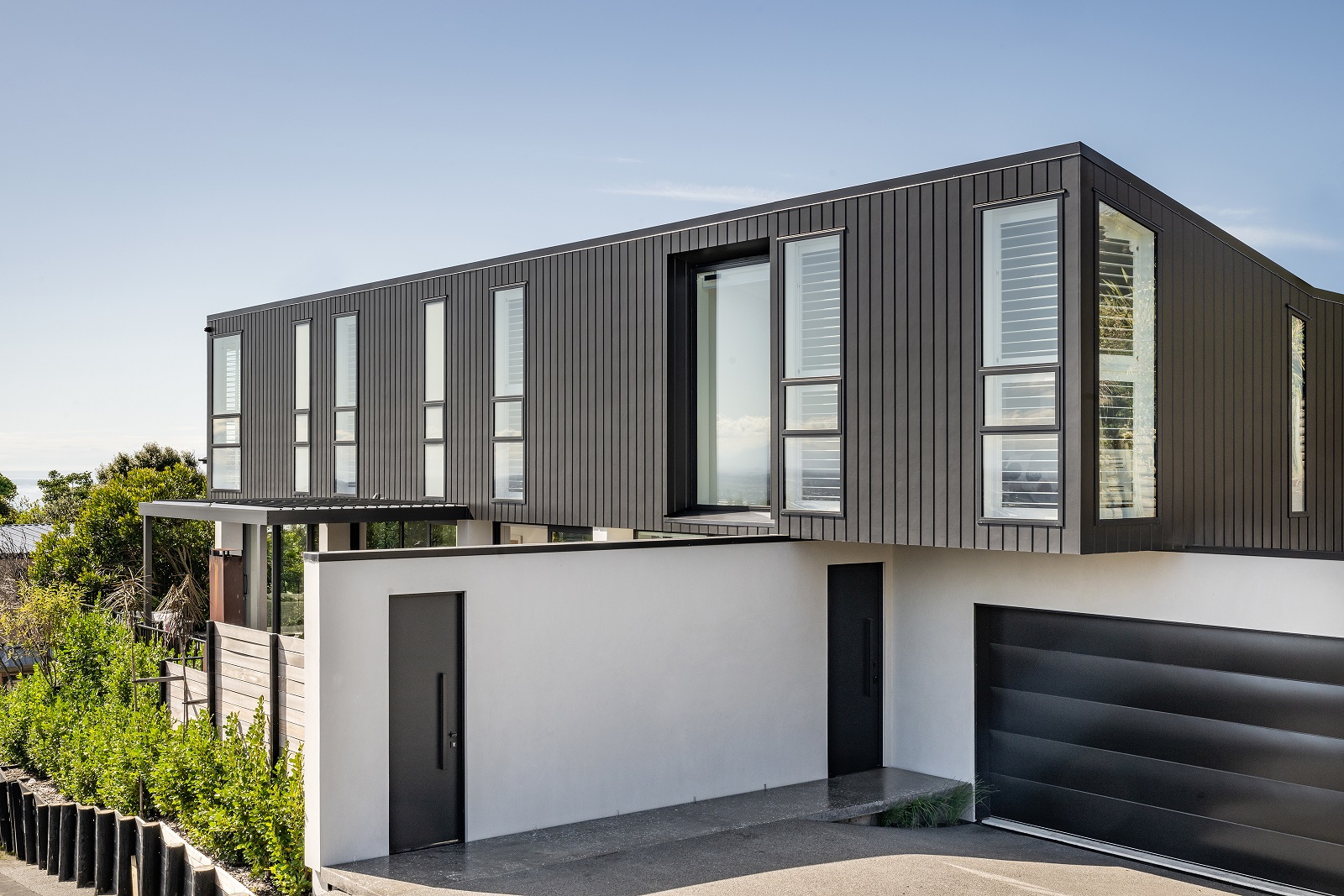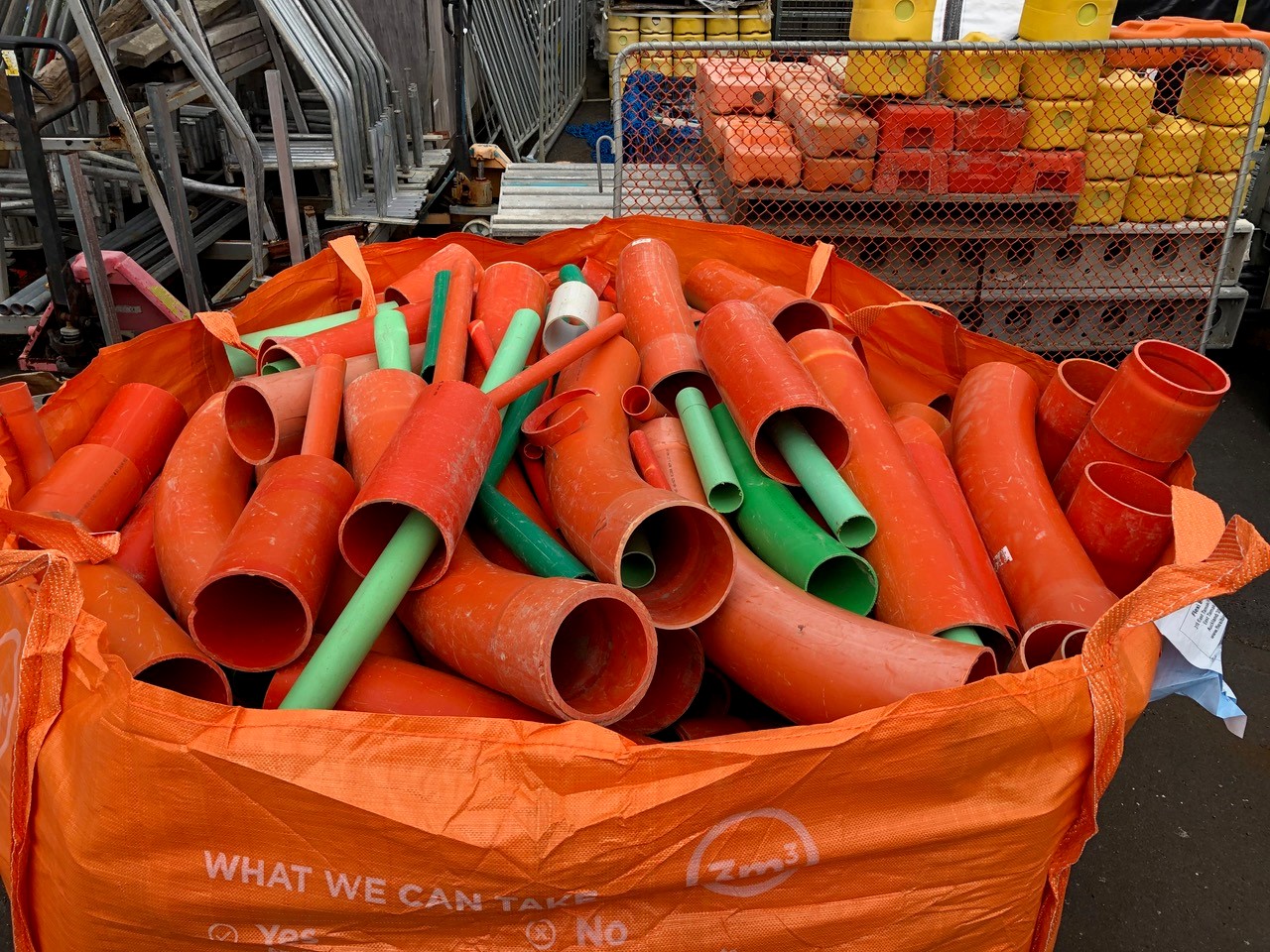
As an engineered wood product, Laminated Veneer Lumber (LVL) offers high structural reliability, uniformity and predictability. The design and specification of both sawn timber and LVL products can be optimised using the free software solutions available from Futurebuild LVL.
designIT®for houses
Futurebuild LVL software solutions have been developed to support the specification of wood based products in both residential and commercial applications and are freely available for download from chhsoftware.com.
These solutions include designIT®for houses, a software tool for all building practitioners which complies with the New Zealand Building Code and can be used to design components for houses and similar structures using engineered wood products and other selected materials.
A software package which is quick and simple to use, yet deceptively powerful, designIT®for houses is useful for the selection of beam sizes without need for professional engineering judgment and is available on both PC and Mac operating systems.
The software removes the need for architects and designers to interpolate span tables, and provides solutions to complex load conditions without involving engineers, saving time and money with consent and design fees. designIT®for houses now caters for the design of offset load-bearing walls on floor joists as well as complex lintel loading combinations like cantilevered lintels. It also develops a site specific design certificate and producer statement to be submitted for Building Consent Authority approval.
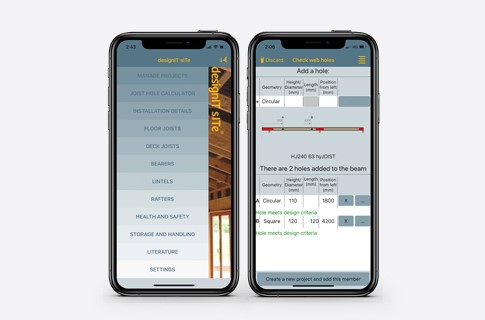
designIT sITe App
The recently updated designIT® sITe App is a cut down version of designIT®for houses software. designIT® sITe App serves as a handy reference tool and calculator for tradespeople who use Futurebuild LVL products, giving designers confidence that the specified products will be installed in accordance with Futurebuild LVL details.
The app provides access to all Futurebuild LVL details as well as allowing builders, plumbers and electricians to determine the appropriate size and location of holes for services in both solid Futurebuild LVL and hyJOIST floor joists. Details include common rafter overhangs in hyJOIST and the ability to review and re-design bearers, joists, lintels and rafters and save the results to common file structures, either on a device or in the cloud for access on other designIT platforms. All literature is available directly from the designIT® sITe App.
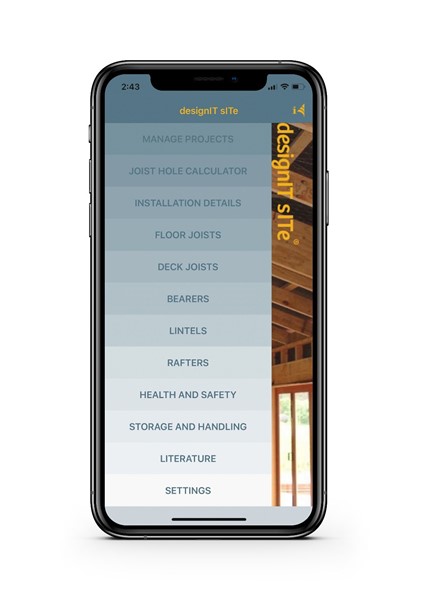
Want to learn more? To explore the Futurebuild LVL range of software solutions visit chhsoftware.co.nz, or for general Futurebuild LVL information please visit futurebuild.co.nz
